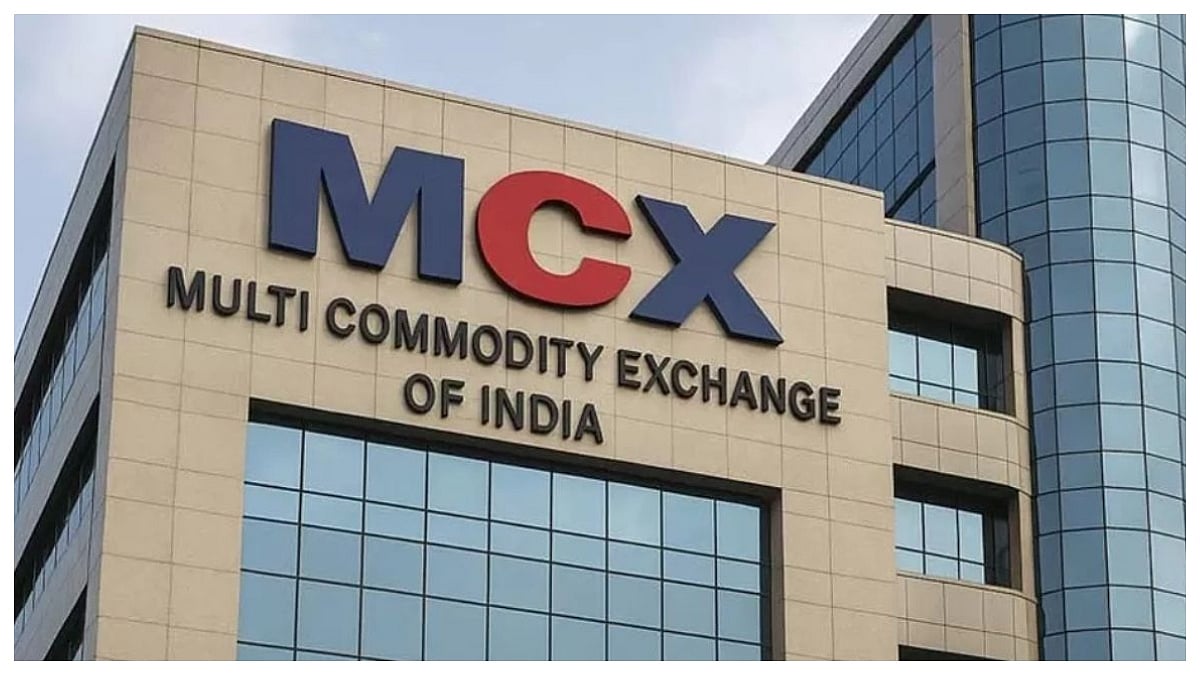While there has been huge disbursement under the Rs 20-lakh-crore package to Non-Banking Finance Companies (NBFCs) routed through banks, there are still many NBFCs— small and medium— still waiting for the benefit to reach them. NBFCs with good ratings have been able to enjoy the benefit, but small and medium ones are still struggling, according to Prabhat Chaturvedi, CEO, NAFA. With banks still cherry-picking when it comes to lending to NBFCs, players like Netafim Agricultural Financing Agency Pvt. Ltd. (NAFA) turn to foreign investors to stay in business. The company has been able to raise USD 40 million from an Israeli company, revealed Chaturvedi.
Edited Excerpts
What is the position of NBFCs today?
Before the arrival of COVID-19, most NBFCs were already struggling due to the IL&FS crisis as the cash flow was hit. Most banks were apprehensive in lending money to NBFCs as they were unsure about the financial health of the NBFCs.
Only because some large NBFCs defaulted, the smaller ones that were efficient had to suffer. While this whole struggle was on, the other crisis struck— COVID-19.
Presently, it is a double whammy for us. While we extended a moratorium to all our farmers, all our lenders barring one or two did not pass the benefit to us. On the one hand, the inflow of capital is hit; on the other hand, outflows which include our repayment obligations and other expenditures continue. But our recovery has been impacted as we have given moratoriums to our farmers.
Due to this, we are evaluating our cash flows daily. In our case, we can tide over only till December 2020. We are hoping before that the situation will subside and the economic activity will restart. While we want to lend, we do not have the money to lend to farmers today. We are conserving our liquidity with the hope the situation will improve.
How much capital will the new investor infuse? What is the tenure for this investment?
The investor will infuse USD 40 million, equity plus debt, by September-October.
At present, this large reputed Israeli company is coming on board for five years.
Do you see this crisis as an opportunity?
We are bullish about this space. So, after the COVID-19 crisis, the players that are still standing will have enough and more business. With fewer NBFCs around and the reluctance of banks to lend, we see that as an opportunity. This is because NAFA has an intent, the focus is on agriculture and rural India, and we will have funds from external borrowing routes as well. So, we are set to gain from this crisis.
At what rate were you expecting to grow pre-COVID-19? What is the expectation post-COVID-19?
Due to IL&FS debacle, our liquidity was getting choked. So, we were not looking at more than 10 per cent growth. But with this moratorium game, we are still closely monitoring the space. We are not looking at growth neither are our promoters or shareholders. We are focused on consolidation, survival and tiding over the phase. We will be happy if we have positive growth and do not degrow.
Has the Rs 20-lakh-crore economic package percolated to NBFCs like yours?
While some large NBFCs gobbled up the entire amount meant for the entire industry, the government and the Reserve Bank of India have announced more measures to support small and medium NBFCs during the announcement. Despite the measures, the support has not reached many of these NBFCs. We are still waiting for it.
There is a lot of emphasis on the agricultural economy at COVID-19 times. What is your take on this sector?
Even when the country’s economy is expected to contract, agriculture in the country is expected to grow at 3-3.5 per cent. While it is true that agriculture consumption has not been impacted during the lockdown, it is not all hunky-dory in the sector. In the case of pesticides, most of the active ingredients in pesticides were imported from China, which has been impacted.
In the case of fertilizers, only urea is produced domestically and for other fertilizers, India is dependent on the United States, Mexico and other countries. The impact on the global supply chain can be felt here. While agriculture continues to grow, it cannot be denied that this sector is hit too.
What is happening in the case of credit offtake?
The credit offtake has slowed down.
There are two kinds of expenditures farmers incur in agriculture and its allied activities — one is working capital to buy seeds, fertilizers, other activities to sustain the operations, etc, and second is long-term capital needs such as the investment in machinery, drip irrigation, tractor, etc. While the former will continue to grow, the latter capital needs will be deferred by the farmers.
It is estimated that 70-75 per cent of agricultural loans are raised to meet the working capital needs or to fund Kisan Credit Card. This is where all banks are present. This will not be largely impacted as farmers will need working capital to grow crops. Due to the impact on cash flows, the farmers will rely more on such borrowings to harvest and sell.
A major impact will be seen on long-term lending. We as NBFCs operate in that space. We finance term loans for drip irrigation systems. So, the disbursement for the equipment has come down. The farmers are aware of the market condition, so they are deferring from the long-term financial commitment.
What are the new opportunities that NAFA is looking at tapping?
Until recently, NAFA was Netafim captive. But now the board has agreed on expansion in the agriculture-rural domain which is beyond micro-irrigation. So, we will be able to work with many Agtechs and others. Our primary focus will be manufacturers of agri, dairy and allied machinery for financing tie-ups as well as other NBFCs also for co-lending.
These agritechs can be anyone, it could be the ones involved in aggregating demands for farmers, or developing mechanisms that will go beyond micro-irrigation.
Are there specific provisions for these Agtechs?
There is no specific provision for them. But some banks and NBFCs look at them favourably. We are trying to work with Agtech and trying to provide them with working capital or funding farmers who are associated with them.
We want to work with these agtechs mainly because a lot of mechanisation and digitisation will happen in agriculture in the next three to five years.
We think it is an opportunity especially in the times of crisis. We are in touch with a few of these agritechs to help them with the working capital requirements. Without taking undue equity risk, we are trying to lend to these agtechs.
Would NBFCs look at Agtech association more in terms of a strategic alliance?
Yes, definitely. Some of the agtech we are in touch with are solving the problems which we were addressing at the periphery. We are funding one such agtech which is doing promising work and needs funds for its working capital. So, in their case, they can benefit from our network, where we tell them how many farmers are using drip irrigation. It will be a great fillip for their business.
What will be the most important policy-level changes you are hoping for?
First and foremost, the liquidity issue has to be addressed. Actually, RBI, NABARD and others should look at addressing ground-level liquidity issues. It is a matter of survival for most in the industries.
RBI should open up more avenues for NBFCs to raise funds from abroad at a cheaper cost. So that these NBFCs are not dependent on the banking system alone. Bigger NBFCs can raise funds, but smaller and medium NBFCs face challenges to raise money outside of banks. Dependency on banks is hindering growth.
Priority Sector Lending (PSL) guidelines should give some space to NBFCs. The guidelines do not mention how banks should work with NBFCs for the same. NBFCs can either create a PSL pool or work out other solutions.









